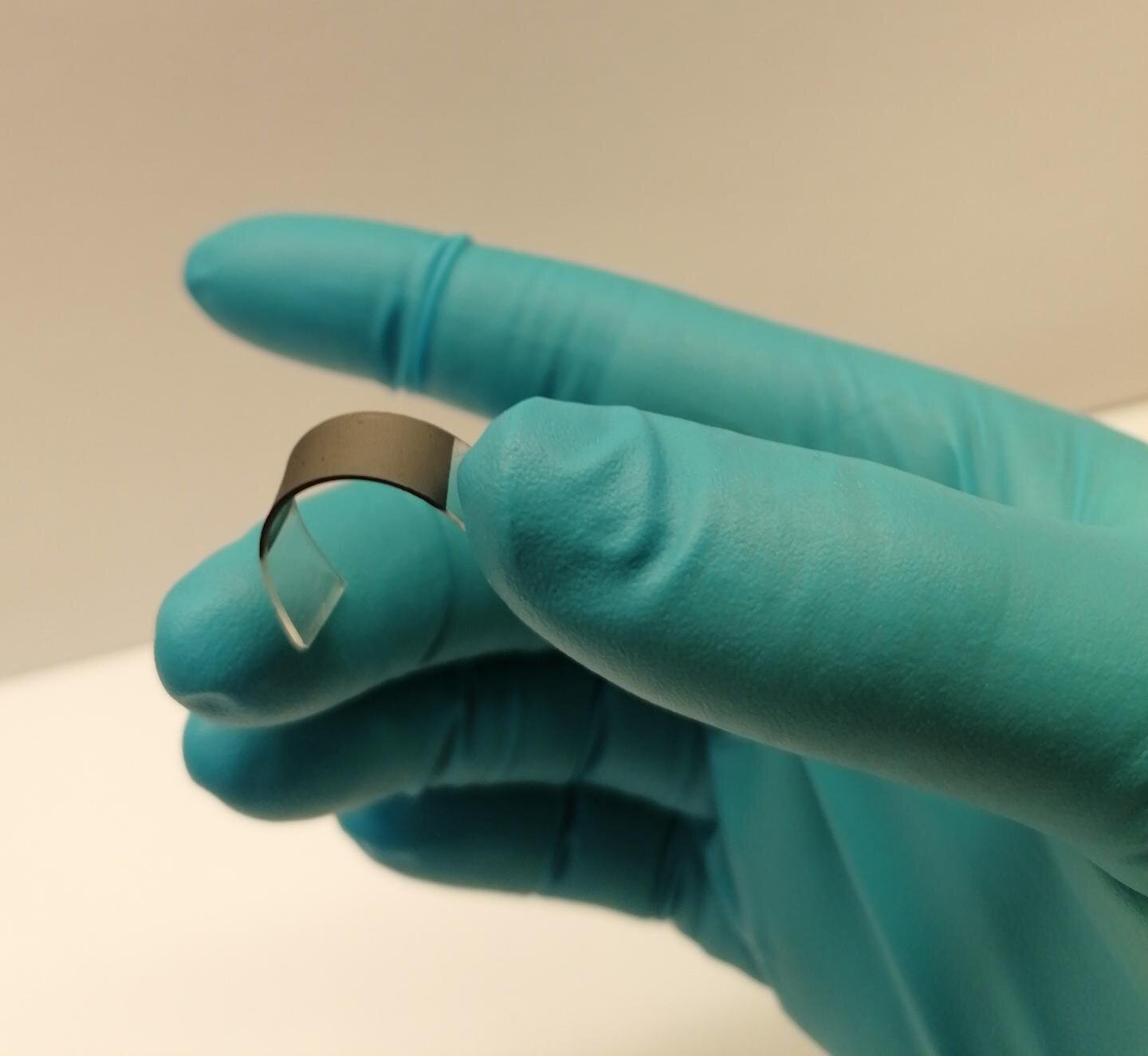Nano & AI: Health Monitoring via Ultra-Thin Patch

A groundbreaking scientific discovery has recently emerged, revolutionizing the field of health monitoring. Researchers have successfully developed an ultra-thin skin patch embedded with a state-of-the-art sensor capable of monitoring 11 crucial human health signals.
By harnessing the power of nanotechnology and artificial intelligence (AI), this remarkable innovation brings us closer to a future where machines can seamlessly communicate with the human body. Published in the prestigious journal Nature Nanotechnology, this research breakthrough holds immense potential for enhancing personalized healthcare and bridging the gap between technology and human well-being.
The primary objective of this technology is to enhance the monitoring of human health vitals through wearable devices. The ultra-thin patch serves as a second skin, providing continuous real-time data on various physiological activities. By combining nanotechnology and AI, the patch enables machines to better understand and communicate with the human body, leading to improved healthcare outcomes.
Although this innovation holds immense potential, there are several barriers to its widespread adoption. One significant challenge lies in programming and personalizing the sensors to cater to individuals' unique characteristics.
Developing sophisticated algorithms that can effectively interpret and respond to diverse biometric data remains a complex task. Additionally, ensuring the seamless integration of this technology into existing healthcare systems and addressing privacy and data security concerns are vital considerations for its successful implementation.
The AI market's current value of approximately 100 billion U.S. dollars is projected to experience a twentyfold increase by 2030, reaching a staggering value of nearly two trillion U.S. dollars. With increasing awareness of personal health and well-being, there is a growing demand for advanced monitoring devices.
Monash University stands at the forefront of scientific innovation. With its multidisciplinary approach and world-class facilities, the university attracts exceptional researchers from around the globe. Monash University's team of dedicated scientists has consistently pushed the boundaries of knowledge, fostering breakthroughs that have far-reaching implications across various fields.
By spearheading this development of an ultra-thin skin patch with an AI-powered sensor, Monash University continues to demonstrate its leadership in the realm of nanotechnology and its application to healthcare.
According to lead researcher Wenlong Cheng, "Emerging soft electronics have the potential to serve as second-skin-like wearable patches for monitoring human health vitals, designing perception robotics, and bridging interactions between natural and artificial intelligence."
Co-author Zongyuan Ge adds, "As people all sound and act differently, the next step is to program and personalize the sensors using even more sophisticated algorithms so they can be tailored to individuals."
This technology has the potential to revolutionize healthcare by providing individuals with continuous, non-invasive monitoring of vital health signals. By capturing and analyzing data related to speech, heartbeats, breathing, touch, and neck movement, the ultra-thin patch offers valuable insights into overall well-being. It empowers individuals to make informed decisions about their health and enables healthcare professionals to provide personalized and timely interventions.
The environmental impacts of this technology are not explicitly discussed in the original article. However, due to the ultra-thin nature of the patch, it is likely to require fewer resources during manufacturing, leading to potential reductions in material waste and energy consumption compared to bulkier wearable devices. Further research is necessary to comprehensively assess its environmental implications.
In the next 5-10 years, the integration of nanotechnology and AI in wearable health monitoring devices is expected to advance significantly. Personalized algorithms and refined sensors will enable tailored monitoring for individuals, leading to more accurate and proactive healthcare interventions. As the market matures, we can anticipate increased accessibility and affordability of these technologies, benefiting a broader population and further empowering individuals to take control of their health and well-being.





